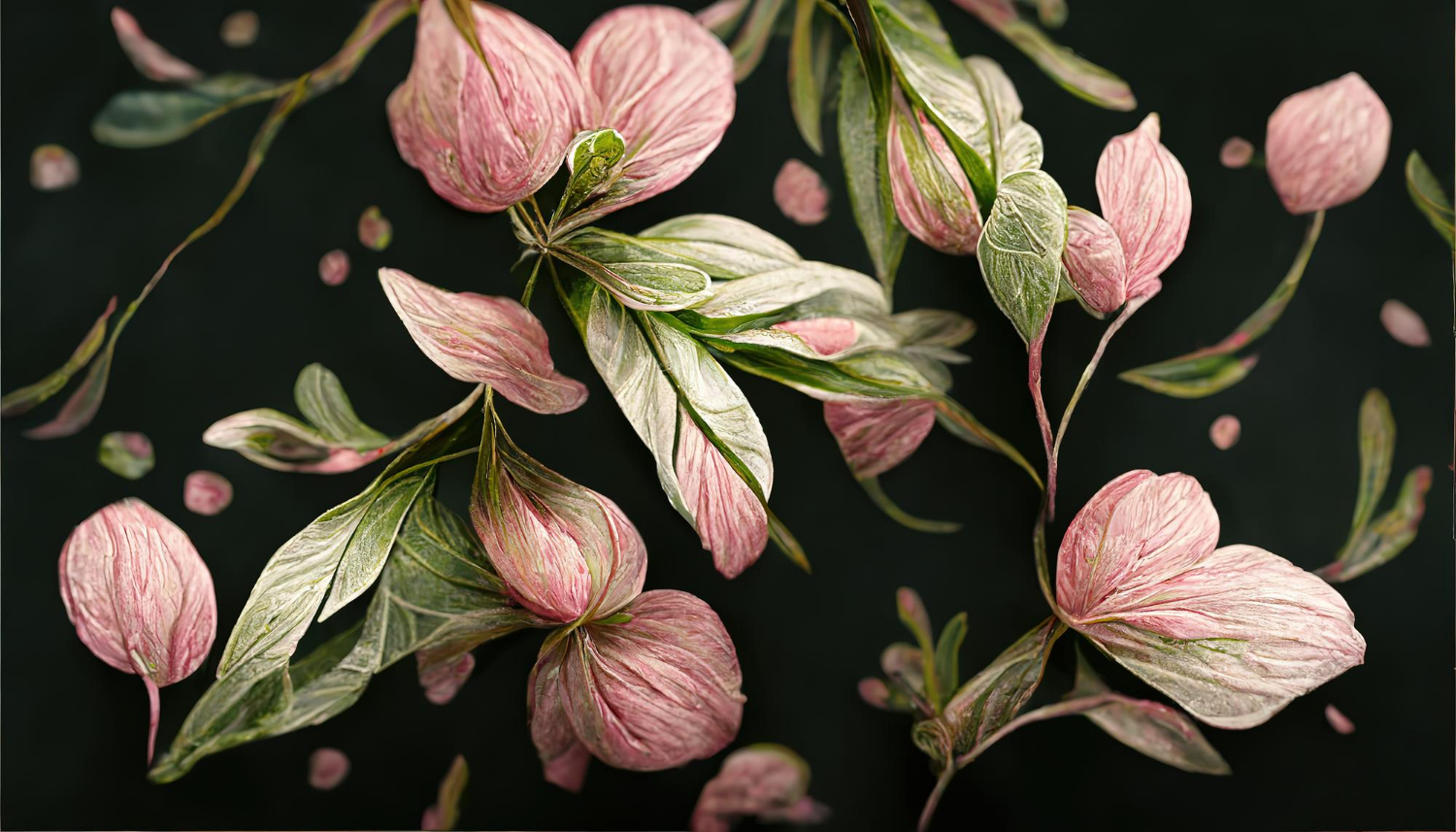
The botanical illustration is an eternal art entrenching the beauty of plant life with detailed strokes from the pencil to the paper. With an eye for detail and respect for the grandeur nature bestows, botanical illustrators begin their way of observation and representation in order to represent subtleties of the botanical specimen to be immortalized on the page. In this article, we give you a peek into the world of botanical illustration, the techniques, the challenges, and the deep beauty that comes with a centuries-old tradition.
The art of botanical illustration is founded on the appreciation of the natural world and commitment to capturing the same with exacting precision and accuracy. The artist becomes absorbed into these minute details of the leaves, flowers, and stems by closely observing and studying each, as if he tries to grasp what separates them from each other. Through this careful study, the artist will finally be able to translate the beauties of nature on paper, recording those delicate forms and textures which were ready for posterity to appreciate and admire.
The Art of Observation
At the heart of botanical illustration lies this fine art of observation, in which an artist observes or studies and records with scrupulous exactitude the details of plant life. They observe the characteristic features of each botanical specimen they document with precision and accuracy, recording them through their work. Such an inspired approach forms the very basis of botanical illustration that really allows an artist to detail exactly the beauty and essence of nature with astounding clarity.
Immersing in Nature’s Detail
Botanical illustration begins with a careful examination of specimens of plants in the wild. The artist may spend hours looking at modeling details of leaves, flowers, and stems, noting subtleties of form, texture, and color. This is through a close study of each plant’s features, which will enable the artist to reproduce each one with scientific accuracy and pleasing artistry.
Cultivating a Keen Eye
Details in this form of art are very important, and therefore, a botanical illustrator has to be very keen on details that ensure even the smallest characteristics of the plant are perfectly put down. The minute details inside the plant itself, from the veins of the leaf to the fine hairs of the stem, will have to be drawn and observed with meticulous attention. With practice and patience, an artist cultivates this art of observation and learns how to capture with good taste and correctness the subtle enchantment of nature.
Techniques in Botanical Illustration
The techniques used in botanical illustration require a fine balance between mastery in pencil work and finesse in watercolors. Artists use different grades of pencil to get thin and delicate modeling, while watercolors give life to the depth of washes that a painter has created. Mastery of these is the way by which illustrators bring to life on the page the delicate and very beautiful details of plant life in fine detail, and with a very strong sense of realistic feeling.
Mastering Pencil Techniques
The pencil is the most valuable medium applied to botanical illustration, valued for its versatility in allowing the fine and at the same time very detailed lines. Therefore, it offers different grades of the pencil in order to realize the effect that goes from soft and delicate tonalities to hard, crisp lines. Layering and blending graphite together allows artists to develop a three-dimensional quality with their illustration on a two-dimensional surface, capturing the quality of the plant specimen.
Exploring Watercolor Washes
Many botanical illustrators use watercolor washes in their work, in addition to pencil, to introduce color and depth. Watercolor invites the drawing in subtle hues and the delicate, almost imperceptible differences in the forms of plants, from the vividly colored petals of a flower to the tints of a desaturated leaf. In this way, it is necessary to regulate the washes’ intensity and allow layering transparent glazes so that a quality of luminosity and lifelikeness is added to the pictorial.
Applications of Botanical Illustration
Botanical illustration, other than being purely a scientific documentation, serves its very important function within artistic expression and appreciation. Historically being valued for the purpose of plant identification, botanical illustrations play the role of decorating galleries and private collections in modern times, admired for their aesthetic value and precision. From the scientific research display to appreciating the artistic works, botanical illustration is a media that can help in showing respect for and enabling other people to appreciate the finesse of this natural world.
Scientific Documentation
Botanical illustration is a valuable record of plant species for studying and research. Botanical texts, which are written, were illustrated with drawings since ancient times. Such texts are “herbals” following from centuries ago in identification, documentation of discovery, and classification of plant species. One of those powerful tools, botanical illustrations, are used without losing any of their relevance, since they can provide proper visual representations of plant specimens to botanists, researchers, and educators.
Artistic Expression
In addition to the scientific value, botanical illustration is also appreciated as an art. Botanical illustrations are displayed on the walls of galleries, museums, private collections, from where it is admired with execution accuracy and eternal beauty. But modern botanical art maintains the same purpose—following the same intent, one can see the development of many styles and media used to push the boundaries of what one knows.
Preserving Nature’s Splendor
Botanical illustration—beyond any shadow of a doubt—illustrates the beauty and diversity of plant life. It portrays glory in which nature shows us in a way no other illustration or art does. With powers of observation that are meticulous, technique that is painstaking, and artistic flair, botanical illustrators bring the marvels of the natural world to a piece of paper that would otherwise elicit interest and appreciation for the beauty at play in the plant.



